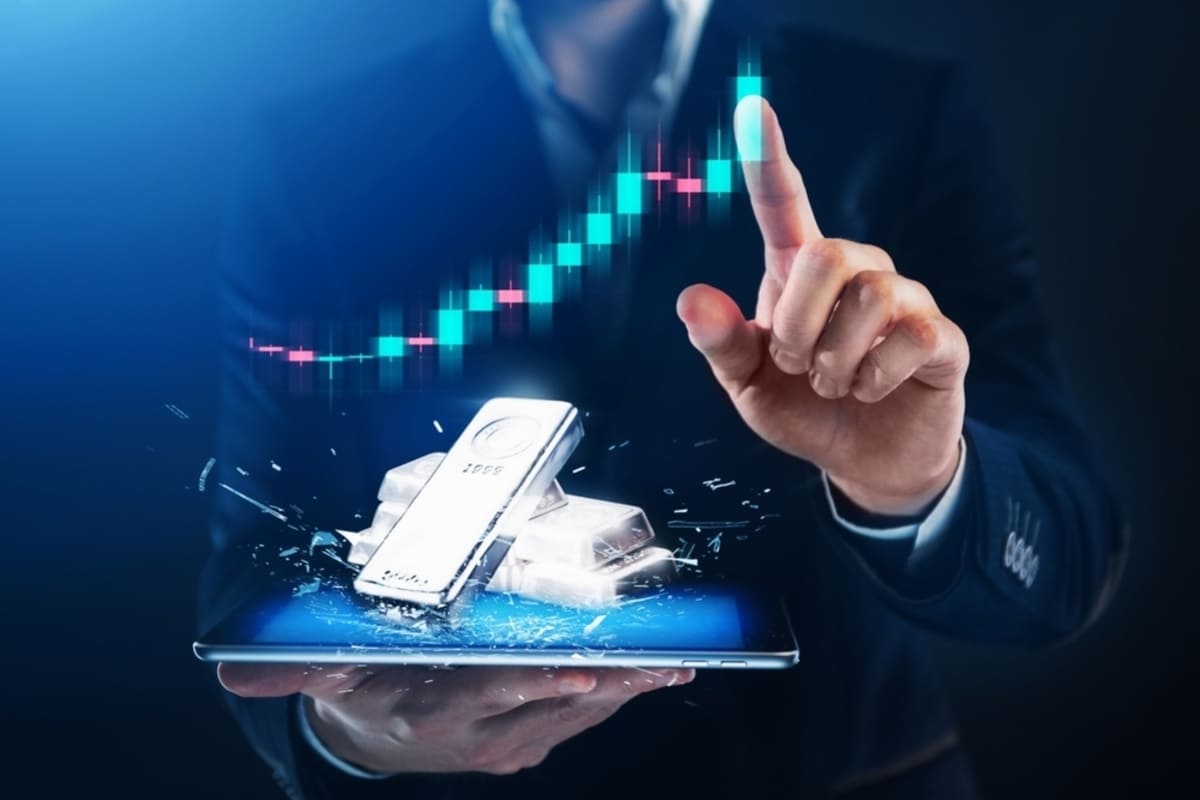Economic factors like strong industrial use boost silver demand amidst global supply tightening.
Silver prices have soared to record highs, closely riding the momentum generated by gold’s remarkable rally. On Thursday, silver rose to $49.19 per troy ounce, marking a 0.7 percent increase from the previous trading day and continuing a sustained upward trajectory over the past month, where prices have surged nearly 20 percent and are up almost 58 percent year-over-year. This sharp rise in silver prices accompanies gold’s rally to historic peaks, as investors seek precious metals as safe-haven assets amid ongoing global economic uncertainty and inflation concerns. As of the writing of this report, silver is valued at $49.25.
Growing investment interest in silver
This surge reflects multiple economic and market factors that have strengthened demand for silver, including strong industrial use, tightening global supply, and broad investment interest. Silver’s heightened volatility relative to gold means it can demonstrate larger price swings, often outperforming gold in bull markets. The gold-to-silver ratio—a key measure indicating how many ounces of silver it takes to buy one ounce of gold—has fallen sharply from historically elevated levels near 100, suggesting a rotation of investment interest from gold into silver, supporting further price appreciation.
Industrial demand for silver is increasingly significant, given its widespread use in electronics, solar panels, and various high-tech applications, especially in fast-growing markets like China. The combination of growing investment interest and robust industrial consumption amid supply deficits is creating a powerful environment for silver’s price gains. India, a major market for silver, reported steady price increases with premiums in southern cities driven by festival demand boosting retail consumption, further supporting silver’s price stability.
Read more: Silver breaks $47 mark for first time amid supply constraints, Fed expectations
Investors turning to tangible assets
Investors are also influenced by anticipated Federal Reserve interest rate cuts, which reduce the opportunity cost of holding non-yielding assets such as silver and gold. Additionally, inflation concerns persist globally, reinforcing precious metals’ role as stores of value during periods of fiat currency weakness and economic uncertainty. Political and institutional uncertainties around central banks have heightened market nervousness, pushing investors toward tangible assets like silver and gold, whose physical properties and scarcity underpin their value.
Market experts and analysts see silver’s current rally as potentially the early stages of a longer-term secular bull market. Some technical forecasts suggest silver could test or surpass its previous all-time highs near $50 per ounce, with bold targets up to $60 in the coming months to a year on sustained momentum and gold price strength. This outlook is supported by recent historical price breakouts, aligning with macroeconomic trends and cyclical demand surges.

